Perhaps no other neighborhood in Richmond has been the object of as much stigmatization as Gilpin Court. Topography, racial discrimination, contemporary infrastructure, and public housing developments have all played a role in isolating this valuable piece of the city. Though these issues continue to obscure the history and culture which remain there, the resurgence of Richmond’s urban core may harken an economic and architectural restoration of the neighborhood.
Gilpin Court, or Shockoe Hill, as it was initially known, has a history stretching back some two centuries. Its eastern reaches were sparsely settled beginning in the post-colonial period, becoming integrated with the urban residential district of Court End in the early 19th century. The Shockoe Hill Cemetery was founded here in 1820 and was followed shortly by the neighboring Hebrew Cemetery.
By the Civil War, the neighborhood’s street grid was fully established and integrated with the burgeoning commercial district of Jackson Ward to the south. The streets shaping its unusual trapezoidal blocks were named for saints, giving it the name Apostle Town. The neighborhood was composed largely of townhomes, retailers, and small scale workshops which fed off of the intensity of Broad Street and Second Street. Prominent black business woman Maggie L. Walker chose to erect the headquarters of her St. Luke Penny Savings Bank in Apostle Town. That building, which stands abandoned near the southern end of St. James Street, is of immense importance to the visual and historic identity of the neighborhood.
1942 proved to be a bellwether year for Apostle Town, marking the beginning of the City’s ill-conceived interventions in the area. The City cleared acres of substandard housing and established in its place the Gilpin Court Housing Project, Richmond’s first. Built atop an unadorned plane of grass, the elongated rows of two and three story brick structures have an austerity that must have seemed appropriate for wartime. The grounds of the complex were designed by Charles Gillette, a noted local landscape architect better known for his work on luxurious private gardens in the West End. This initial foray into government housing was partly well intentioned, but its heavy handed implementation was a function of the neighborhood’s political disenfranchisement. In a society still governed by Jim Crow, majority African American neighborhoods like Apostle Town were unable to object.
Emboldened by their work at Gilpin Court, the City embarked upon an urban experiment the likes of which Richmond had never seen: Interstate 95. The all-white power structure of the Richmond-Petersburg Turnpike Authority elected to route the highway through the heart of this predominantly black community, destroying hundreds of homes and businesses in the name of ‘slum clearance.’ Apostle Town was dealt a blow from which it has never recovered. The highway, which opened in 1958, cut Gilpin Court off from the more active commercial districts along Broad Street which had traditionally sustained it.
In the aftermath, the Richmond Redevelopment and Housing Authority continued to clear large portions of the existing neighborhood for the expansion of Gilpin Court. Developments in 1957 and 1970 completed the total redefinition of the neighborhood’s character. Including the Frederick A. Fay Towers, a pair of 11 story apartments for seniors, Gilpin Court is home to some 800 residential units, by far the largest single public housing community in Richmond.
The 1957 expansion of Gilpin Court was similar in style to the original, but the 1970s version featured a new and more radical architectural program. While maintaining the familiar elongated east-west orientation, these units introduced new, more expressive facades of concrete and sloped metal roofing. A new landscape strategy using large boulders and other hardscaping as a basis for hillocks of poured concrete was highly inventive, if unwelcoming in effect. The generous spaces found between housing blocks across the development often expose normally hidden functions; clothes lines and trash bins extend into plazas and playgrounds without clear division.
Since the interventions by the City in the mid 20th century, Gilpin Court has been in steady decline. The few blocks of prewar townhomes and commercial buildings which remained after the completion of the public housing complexes have been mostly reduced to vacant fields. The housing projects themselves lack commercial spaces, so the few businesses that dot the landscape inhabit older structures. Convenience stores predominate, leading residents to venture out for necessities like groceries and banking.
The highway to the south and the ravine of Bacon’s Quarter Branch to the north leaves Gilpin Court largely isolated, a problem made worse by gradual alterations to the surrounding infrastructure, including changes to 5th Street which now bypasses most of the neighborhood. Marginalized as it is, the community has benefitted little from the revitalization seen in other areas of Downtown.
Despite these difficulties, a plan for the revitalization and reintegration of the neighborhood with the city’s urban core is developing. The Richmond Redevelopment and Housing Authority, together with private sector developers and architects, have drafted a scheme which includes new mixed income housing, retail and commercial space, and a school. The plan also proposes rebranding the area under the name North Jackson Ward, a title indicative of the larger goal of reintegration and normalization. Funding sources and timelines remain vague.
The salvaging of Gilpin Court is a major test of how equitably distributed the growing prosperity of the urban core will be. The past performance of City-led developments, both in terms of concept and implementation, however, has made skepticism a default position. Whether or not the plan can overcome that skepticism, and the very real doubts on which it is founded, is unclear. Despite the depth of its history and the fortitude of its residents, the Gilpin Court of recent decades is a portrait of much of what is wrong with the American urban landscape.
DOK
Photographs by author
Archival image of Interstate 95 courtesy of the Library of Virginia.

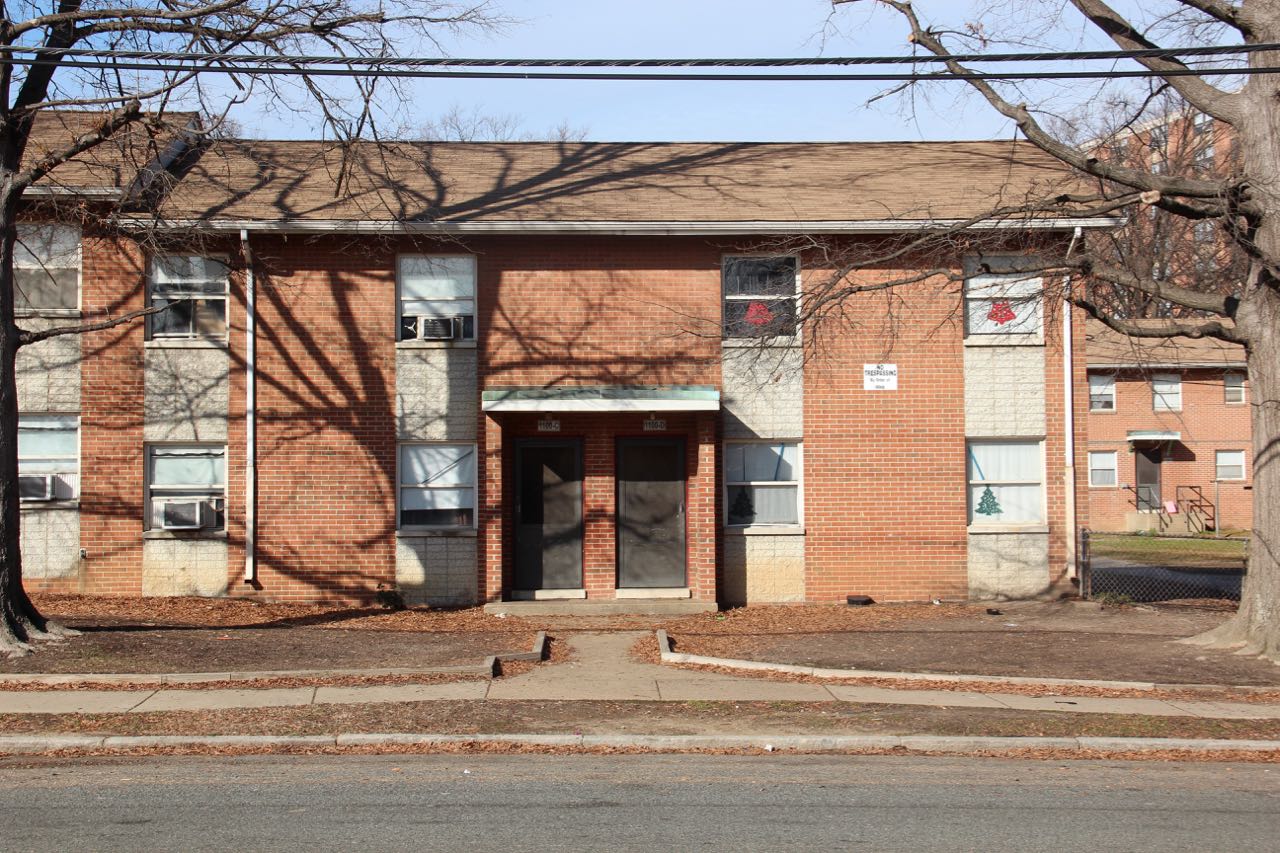
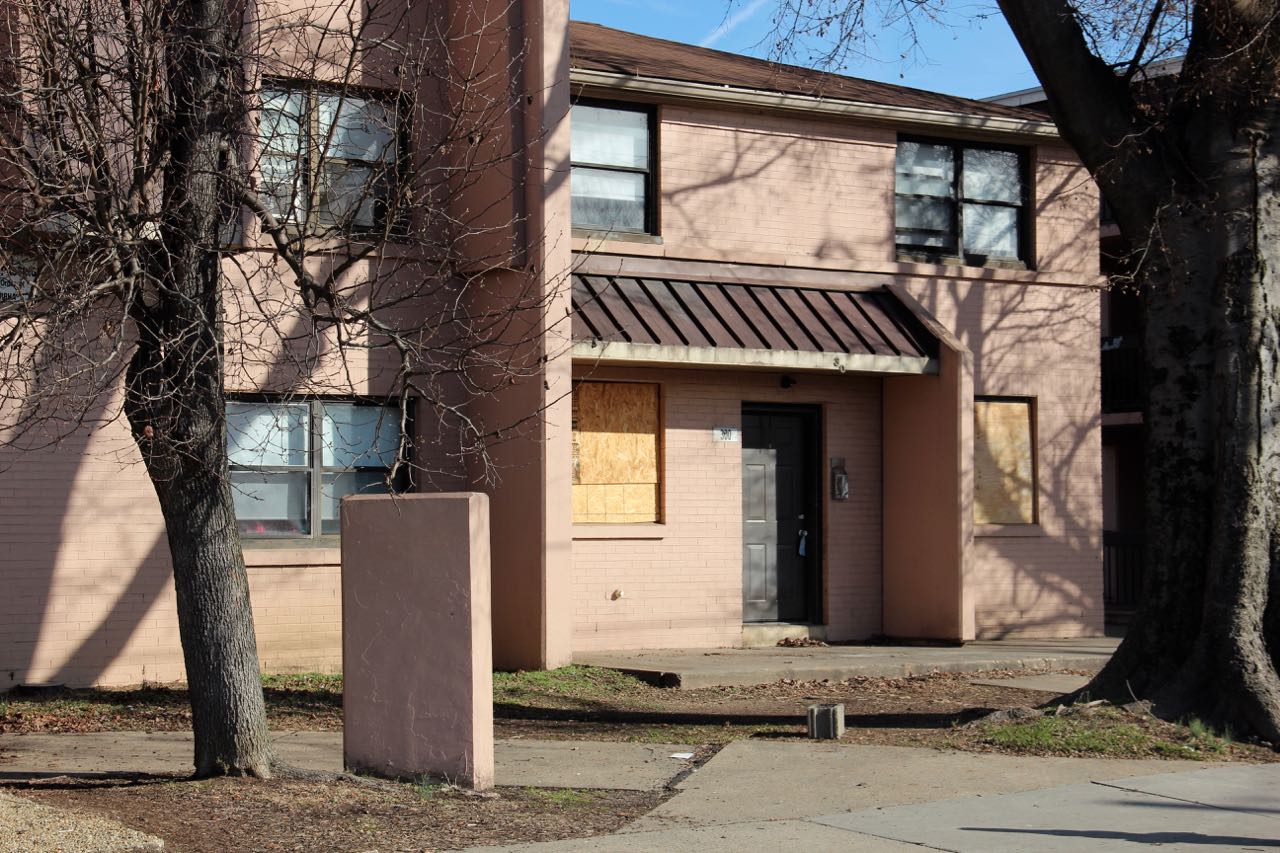
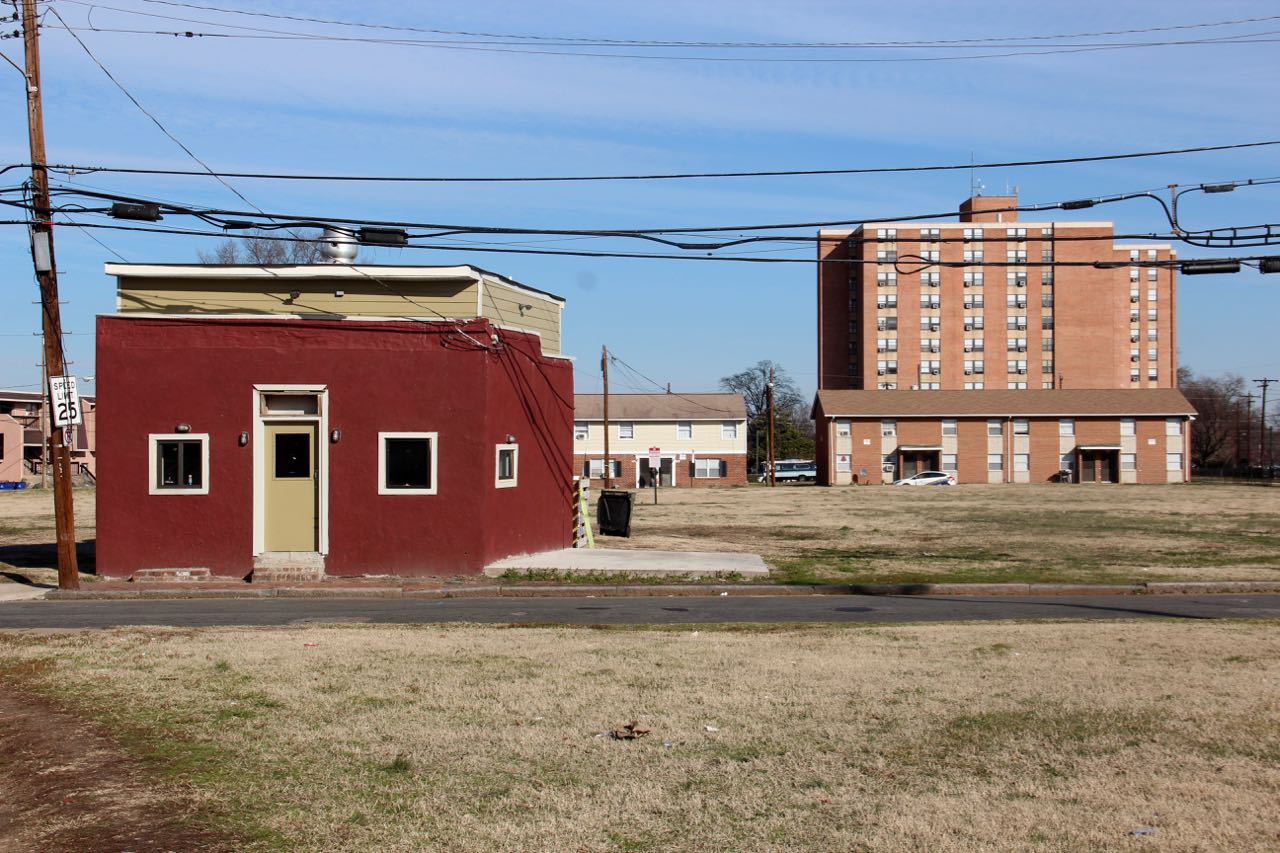
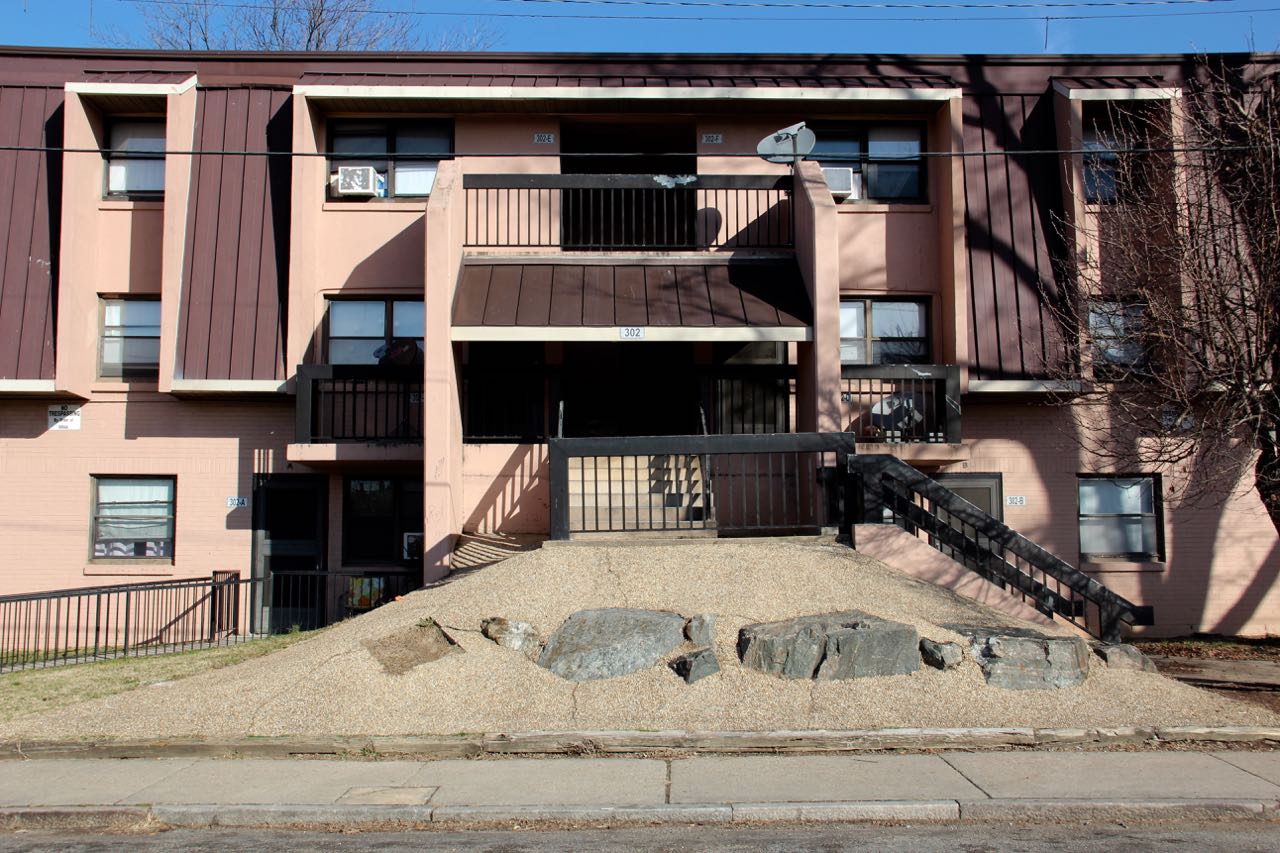



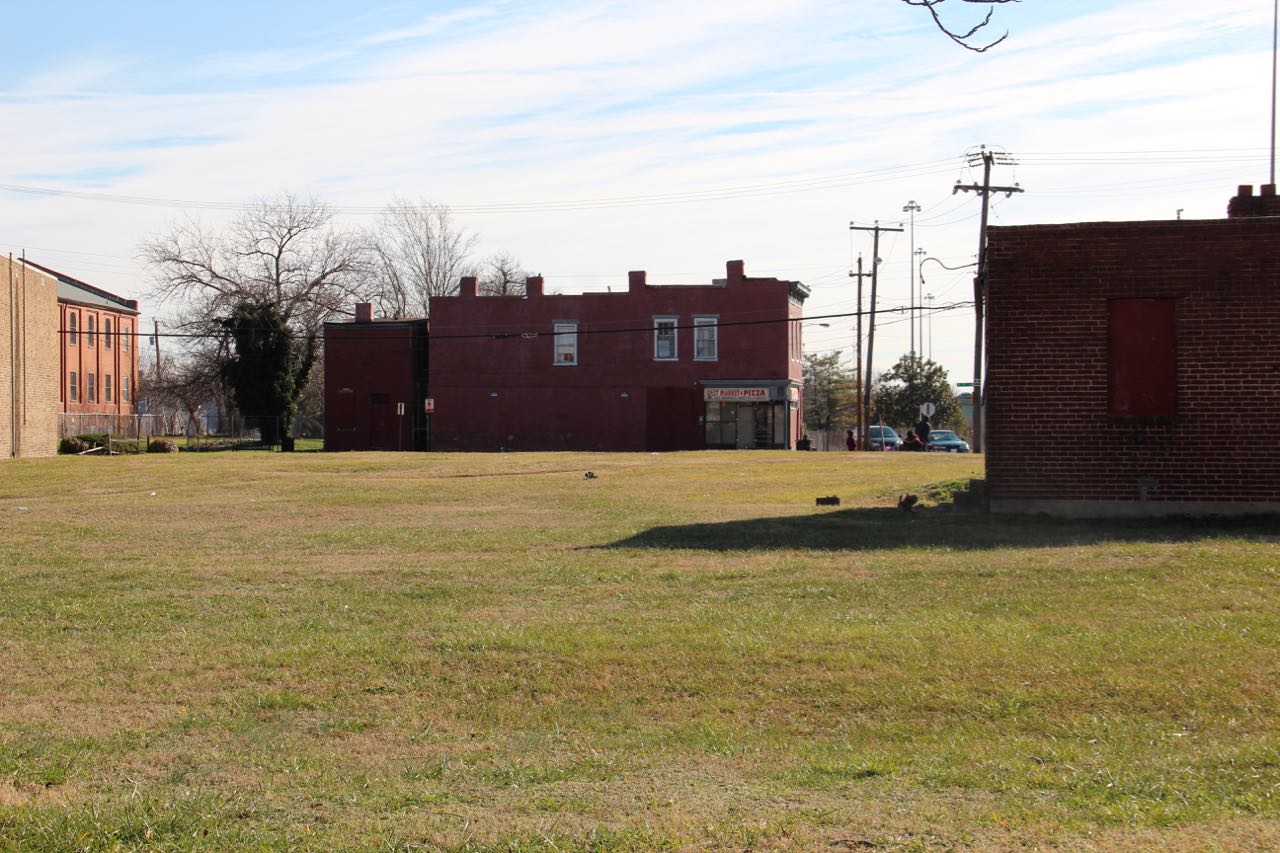

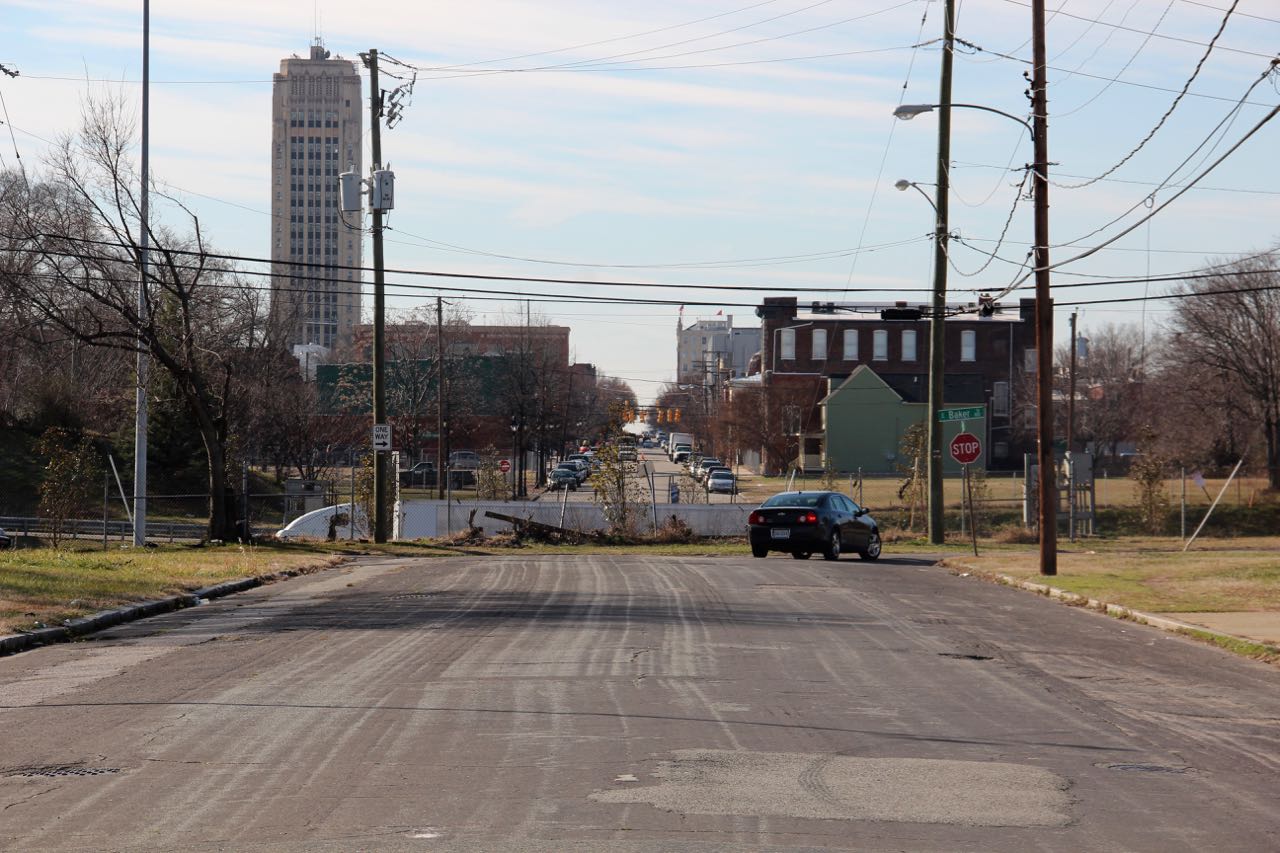
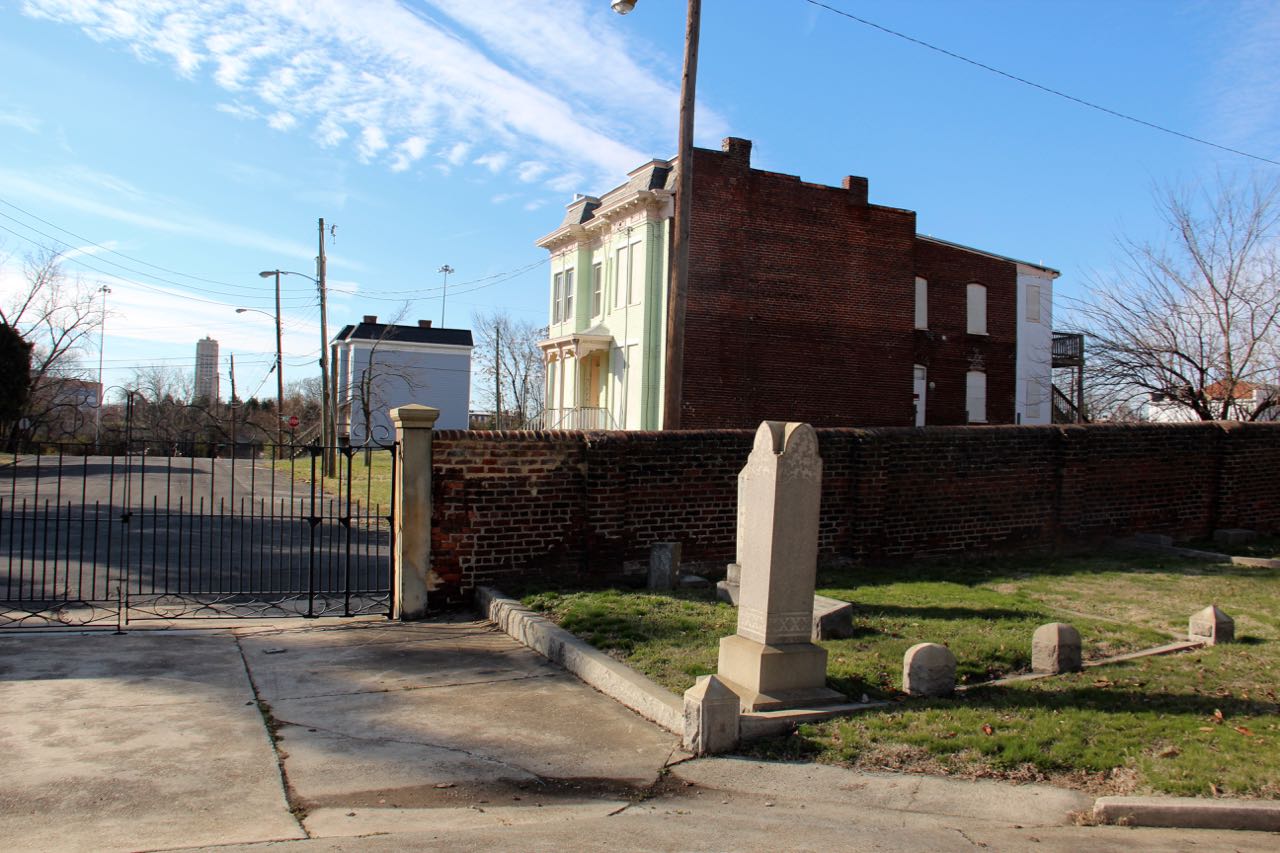
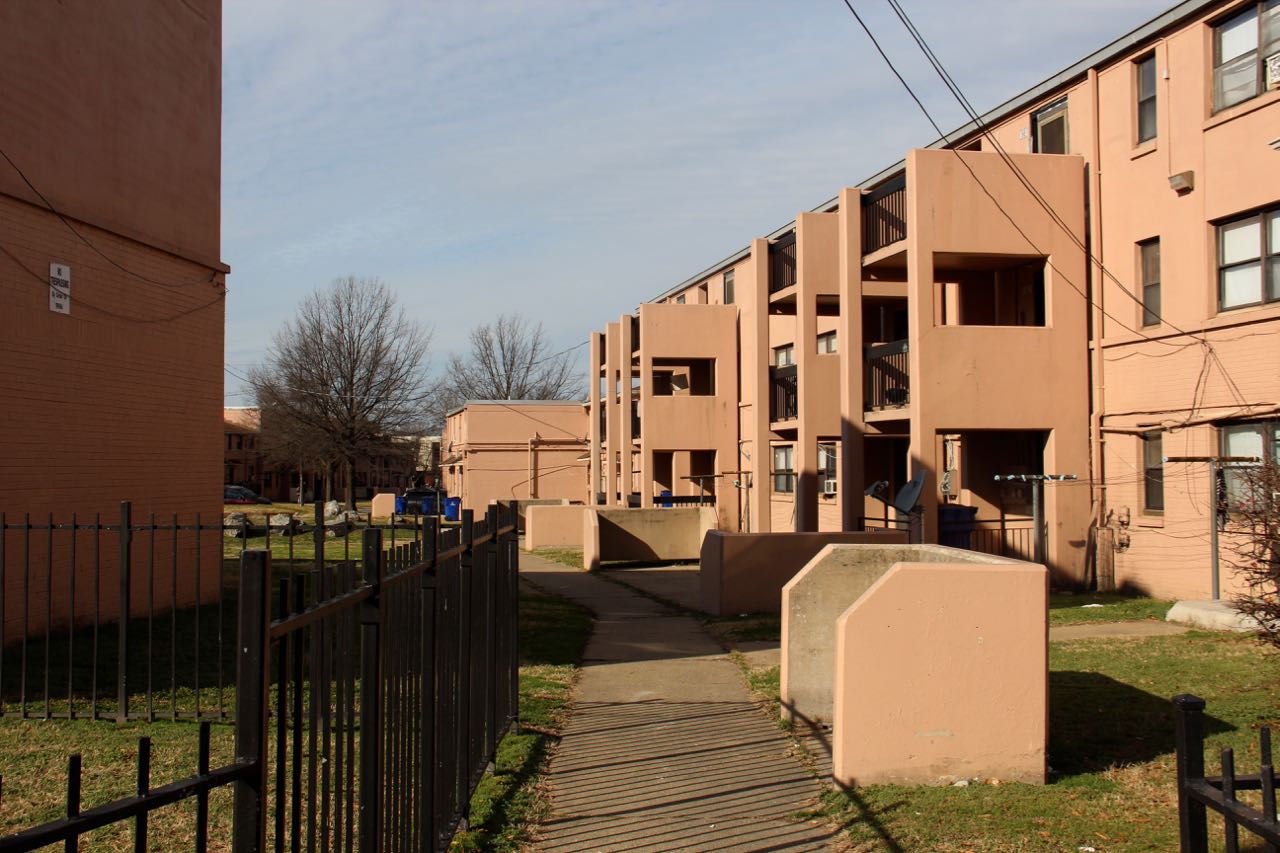
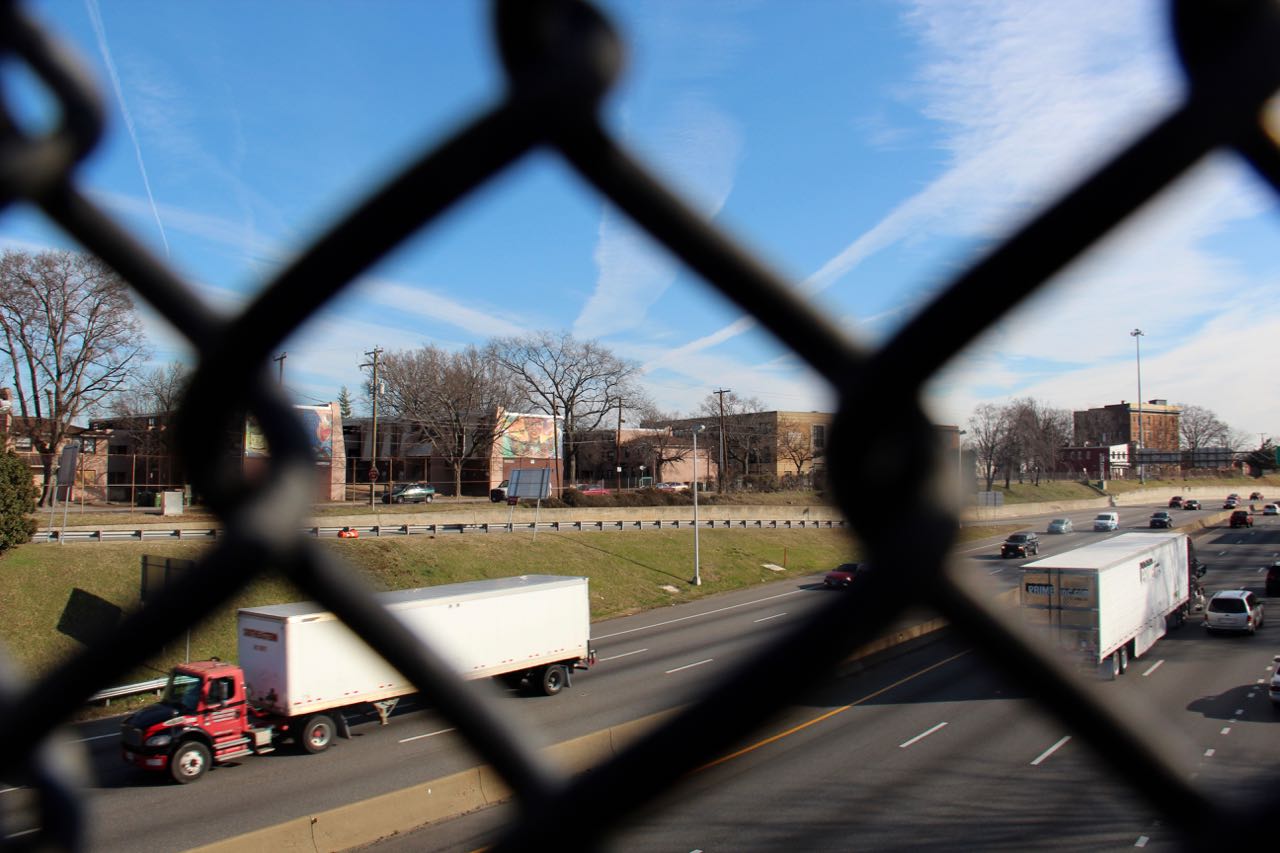

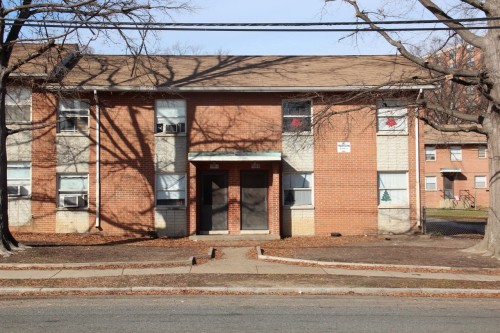
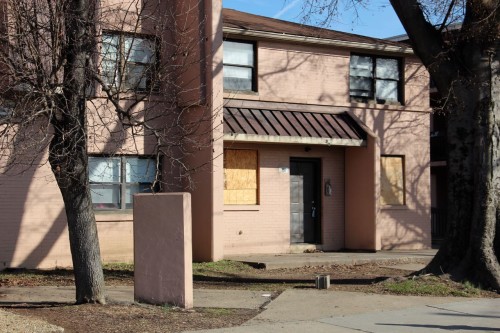


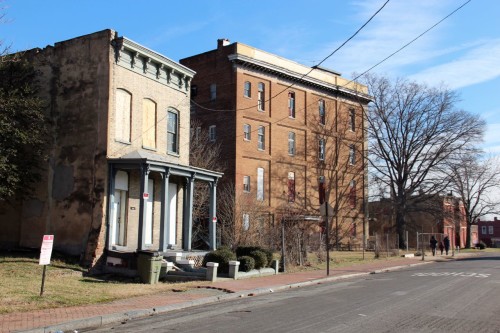

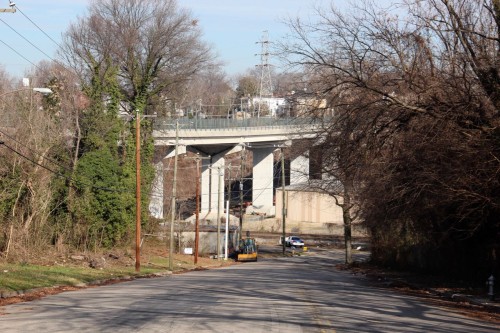

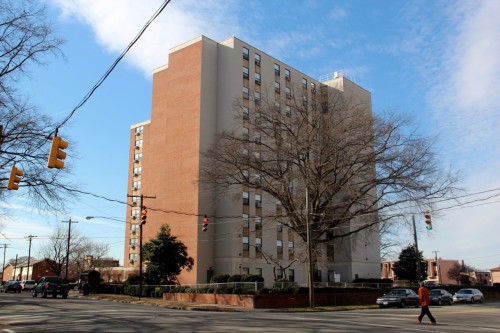

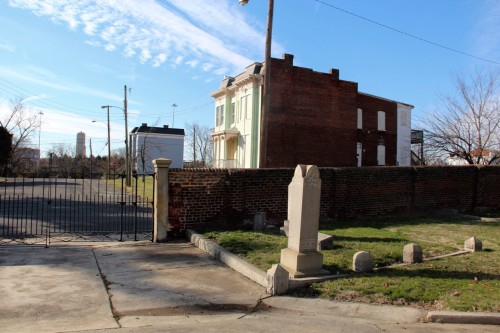
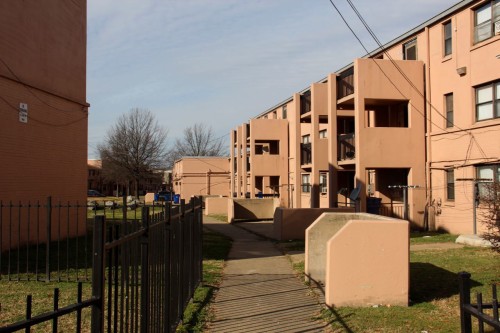


5 Comments
Charles F. Gillette is best known for Windsor Farms mansions, the University of RIchmond, and his work in Williamsburg, but he also did the landscape and planting design for GIlpin Court Extension in the late 1950s.
Growing up in Gilpin Court in the late 60’s 70’s and 80’s was nothing but love. Families looking after families. Gilpin Court was a very nice place to grow up. Crack hit in the 90’s and destroyed everything but it’s trying to the fun days and family values that i grew up with.
As a single mother that had to revert back to this neighborhood bi can’t speak for the past burn n these days I am petrified for my teen sins. I am doing everything I can to get us out of the environment. We do not feel safe at all and the conditions are the worst. You pay rent that is way to much and don’t feel like you can use the water for cooking. We literally hate it but we are grateful to have a roof. We cannot move fast enough. However we are saving to run away and never look back. I grew up in other low income areas and I’ve never felt the way I feel here
I grew up in Gilpin Court in the late 60s and 70s as well. I’m a member of “Brothers Concerned for Gilpin”, an association of brothers that grew up doing that time period. We are trying to promote a safe environment for the current kids that live in Gilpin, similar to the way it was when we grew up there. We’ve grown up there and have gone on to live productive lives and want the kids to know anything is possible, skies the limit and do not let where you live define you!
I’m Nicole Polk I grew up in Gulpin Court I’m talking about born and raised we moved when I turned 18 yrs old.
Our family consiste of my Mother and Father, sister and brother..
I loved Jackson ward it was nothing to go next door or across the street for a egg or sume sugar we looked out for each other and never spoke on it …
We played in hallway and Calhoun Center in the winter.
We had OIC Jobs in the summer we ate free lunch and breakfast.
In bad storm in the summer When the power would go out we would be outside on the porch all night long and we was safe because everybody was out on their porch too Jackson ward back then is nothing like it is now drug hit and the place I love was turned into a battle field..
We played 1 min and faught the next by morning we was friends again.
We had real neighborhood mama if somebody else mama caught me being disrespectful, cursing or acting to grown they would get on us and would make us leave and go home .
And my mama believe just what she told her and we know that spanking would be worst if we lied on a grown person.
Prime example of It takes a village to raise a child I’m so grateful I grew up in Jackson ward when I did .
If we was poor I didn’t feel it nor did I know anything about it because I was fed , loved , cared for , watched over ..I thank God for Guilpin Court I made me the woman I’m today
Write a Comment
Posted
Share
Category
Neighborhood ProfileTags
Gilpin Court • highway • infrastructure • Jackson Ward • public housing • urban design • urban development • Urban Planning